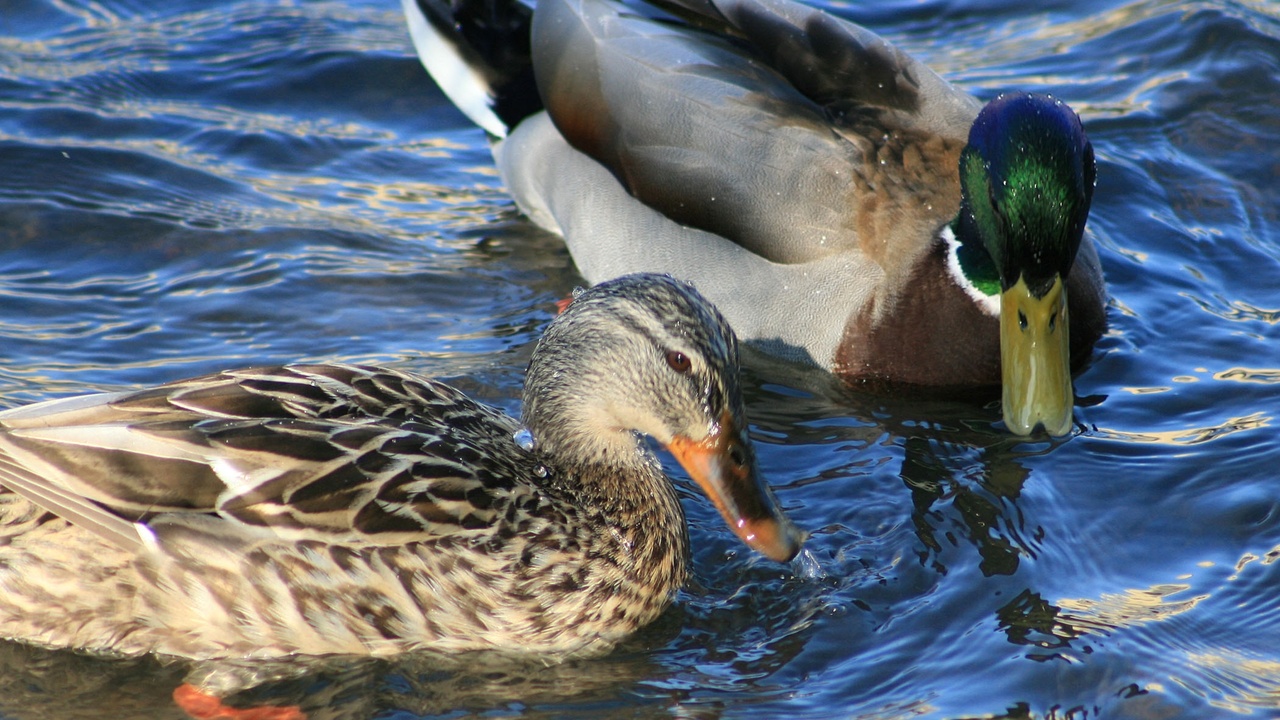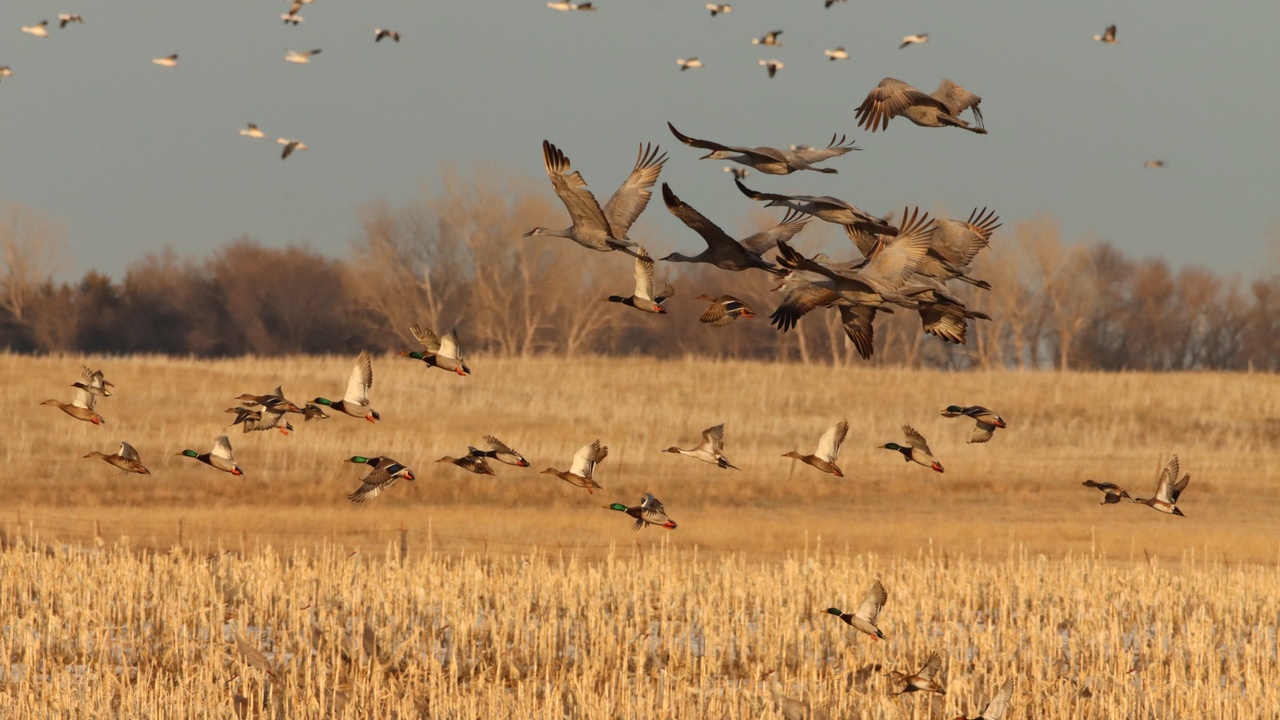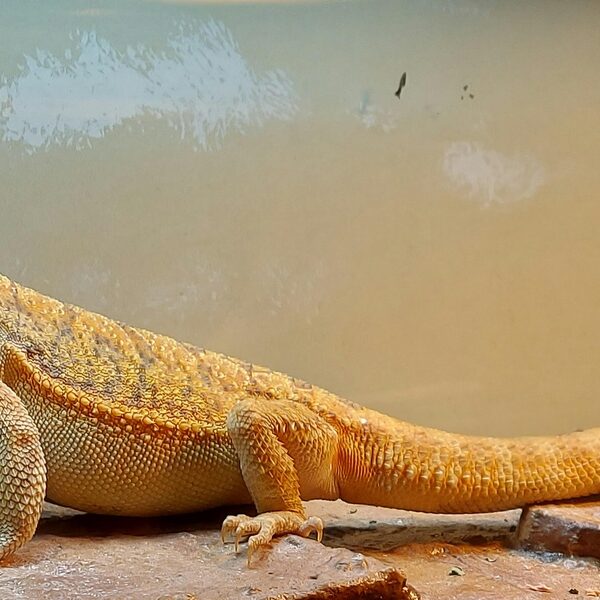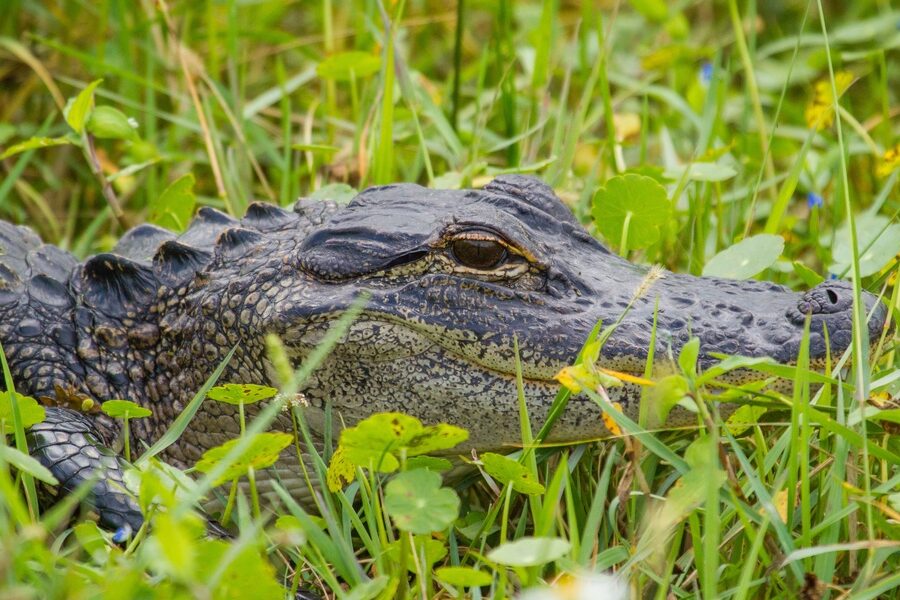A 19th-century naturalist watching thousands of migrating geese over a marsh first documented how distinct waterfowl adaptations let them thrive across continents. That image — flocks moving like clockwork, plumage shedding and renewing with the seasons — still captures why people study and care about ducks, geese and swans. The Anatidae family includes roughly 170 species worldwide, and many of them show up in places people use and value: mallards in city parks, Canada geese on agricultural fields, and sea ducks along rocky coasts.
Waterfowl matter because they shape wetlands, support hunting and birdwatching economies, and act as sentinels for aquatic health. This article outlines eight core characteristics of waterfowl and explains how each trait affects ecology, human uses, and conservation choices. Expect concrete examples — from mallards dabbling at dawn to migratory geese staging on river plains — and practical takeaways for anyone who manages, enjoys, or studies wetlands.
Physical adaptations for water life

Water-dwelling birds are shaped by water in every sense: feathers, bills, feet and body outline all reflect life spent on or under the surface. Plumage traps air for buoyancy and insulation, bills match feeding strategies, webbed feet provide propulsion, and a tapered body cuts drag. Those features let waterfowl exploit resources that terrestrial birds can’t, from submerged tubers to schooling fish.
There are trade-offs. A body built for powerful underwater kicks and rapid dives often places legs far back, which helps in the water but makes terrestrial movement clumsy. Molt cycles also force behavioral adjustments: many species go flightless for a short period while replacing worn flight feathers.
Ecologically, these adaptations determine where species forage, nest and rest. Surface-feeders graze shallow marshes; divers commute to deeper basins. Managers and conservationists use those distinctions when designing restoration projects or prioritizing habitat, because a pond that suits dabblers may not meet the needs of diving sea ducks or mergansers.
1. Waterproof plumage and preen oil
Waterproof feathers and oil from the uropygial gland keep birds dry and warm while they spend long hours on cold water. Birds distribute preen oil across feather barbules during grooming, which helps trap insulating air and shed water.
Feather structure and trapped air enable thermal insulation that’s critical in chilly habitats; many sea ducks and eiders can remain on subfreezing seas for long stretches. Molting patterns reflect that need: numerous species undergo a 2–4 week flightless molt when they replace primary feathers, so they concentrate in safe, food-rich refuges during that window.
There are real-world impacts. Common eider down was collected historically for bedding and remains prized in the down industry, but ethical and conservation concerns have tightened practices where eider colonies are vulnerable. And a mallard preening at dawn is not just picturesque — that grooming maintains waterproofing and survival.
2. Specialized bills and feeding mechanisms
Bills vary with diet: broad, flattened bills suit filter feeders; serrated or hooked bills suit fish-eaters; stout, grazing bills suit geese. Form follows function, and bill anatomy defines a species’ niche.
Dabbling ducks, like the mallard, have lamellae — comb-like structures along the bill — that let them filter tiny invertebrates and plant matter from water. Canvasbacks dive for submerged pondweeds with a longer, sloped bill suited to grasping tubers. Common mergansers carry serrated bills that help hold slippery fish.
Those differences matter for habitat management. Restoring shallow marshes supports dabblers and grazing geese, whereas managers who want to benefit diving ducks may prioritize deeper basins and vegetation that yields tubers or aquatic invertebrates.
3. Webbed feet, leg placement and streamlined bodies
Webbed feet are the basic propulsive tool for many waterfowl, but foot shape and leg placement vary by swimming style. Surface swimmers typically have legs positioned more centrally, while diving ducks have legs set farther back to increase underwater thrust.
Rear-set legs improve diving propulsion and allow quick, powerful kicks underwater, though they make walking and nesting away from water awkward. A streamlined body reduces drag for both surface cruising and submerged pursuit.
Practical consequences include nesting choices and human interactions: diving species often nest very close to water, so shoreline disturbance directly affects reproductive success. Pochards and sea ducks show this pattern; teal and other surface swimmers can range farther onto marsh flats.
Behavioral traits and life-history strategies

Behavior links anatomy to population outcomes. Migration, mating systems, parental care and social behavior shape survival, recruitment and resilience. These life-history strategies determine how species respond to habitat change, harvest pressure, and climate shifts.
Some species invest in many offspring with minimal parental input; others form long-term pair bonds and defend territories. Migration connects distant habitats through predictable annual movements, so conservation at a single site can ripple across a flyway.
Understanding breeding timing, family group duration, and flock dynamics helps managers set hunting seasons, design protected areas, and anticipate disease risks at communal roosts.
4. Migration and navigation
Many waterfowl undertake seasonal migrations that span thousands of miles. Some Arctic-breeding geese travel more than 3,000 miles between breeding and wintering grounds, timing movements to food availability and daylight.
Navigation uses multiple cues: the sun and stars, landscape features, and even a magnetic sense shown in banding and tracking studies. Staging areas — places where birds refuel en route — are critical; sites like the Platte River can host hundreds of thousands of birds during spring migration.
Those patterns have concrete implications. Conservation of flyways and stopover habitats is essential, and wildlife managers base hunting seasons on migration timing derived from long-term survey and banding data.
5. Reproductive strategies and parental care
Most waterfowl nest on the ground near water and lay clutches that commonly range from 5 to 12 eggs. For many ducks, incubation runs about 21–28 days, after which precocial young leave the nest quickly and follow a parent to feeding areas.
Mallards typically lay 8–10 eggs on average, and ducklings can feed themselves almost immediately, though they rely on parental guidance for protection and movement to safe foraging sites. Geese often show strong pair bonds and extended parental care, sometimes keeping family groups intact into the fall.
Nesting habitat loss — from drainage, development, or disturbance — reduces recruitment sharply. Managers who protect nesting cover and minimize predator access can boost local productivity.
6. Social behavior and vocal communication
Calls and social cues are central to waterfowl life. Geese honk to coordinate V-formations and maintain contact; mallards use quacks and soft calls to keep ducklings in line; swans trumpet during courtship and territorial displays.
Flocking delivers safety and foraging efficiency, but it also concentrates animals in ways that influence disease transmission. Communal roosts in prime wetlands can contain thousands of birds, which is why monitoring programs focus on these aggregations for avian influenza and other threats.
Social dominance and hierarchy affect access to feeding patches and mates, shaping individual fitness and population structure across seasons.
Ecology, human uses and conservation

These characteristics of waterfowl drive their ecological roles and how people value them. Ducks, geese and swans move seeds, graze vegetation, and mix sediments while feeding, which affects plant communities, nutrient cycling and habitat structure.
Economically, waterfowl support recreational hunting, birdwatching, and ecotourism. Organizations like Ducks Unlimited have invested hundreds of millions in wetland restoration, and refuges such as Bosque del Apache attract thousands of visitors each season.
At the same time, threats like wetland drainage, pollution, and disease can rapidly change populations. Policy tools — from the Migratory Bird Treaty Act to international flyway agreements — shape management responses across borders.
7. Role as ecosystem engineers and indicators
Waterfowl alter plant communities through grazing and seed dispersal and act as indicators of wetland condition. Large goose flocks can transform tundra vegetation, while duck foraging resuspends sediments and redistributes nutrients.
Managers rely on population counts from surveys such as the North American Waterfowl Survey to gauge wetland health and prioritize restoration. For example, annual surveys help identify declines that prompt targeted habitat actions.
Because their impacts are both physical and biological, waterfowl are useful metrics for long-term monitoring and for measuring the success of conservation projects.
8. Interactions with people: hunting, birdwatching and conservation challenges
Waterfowl sit at the center of recreation and conservation debates. Hunting generates significant regional economic value, while birdwatching brings nonconsumptive revenue and public support for wetlands. In some U.S. states, waterfowl-related activities contribute tens of millions of dollars annually to local economies.
Threats include habitat loss from development and agriculture, legacy issues like lead shot (now regulated), and periodic disease outbreaks. Life-history traits such as site fidelity and long migrations complicate management, since protecting one site may not be enough if crucial staging areas are degraded elsewhere.
Conservation responses combine wetland restoration (Ducks Unlimited projects and refuge acquisitions), regulated hunting seasons and bag limits, and international collaborations through flyway councils and Wetlands International to coordinate actions across borders.
Summary
- Waterproof plumage and preen oil let waterfowl stay warm and buoyant, but molting creates a short flightless vulnerability.
- Bill shape, foot placement and body form determine feeding style and habitat use — dabblers, divers and fish‑eaters occupy different wetland niches.
- Long migrations and reliance on staging areas mean conservation must protect networks of sites, not just single reserves.
- Waterfowl are ecosystem engineers and reliable indicators; monitoring counts help prioritize wetland restoration and measure success.
- Support local wetland projects, join waterfowl counts or citizen science surveys, and learn regional hunting regulations to help sustain healthy populations.





